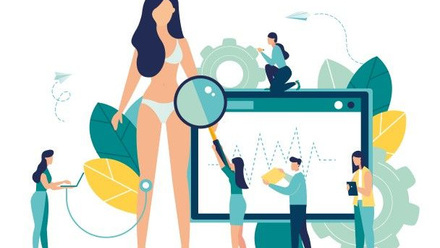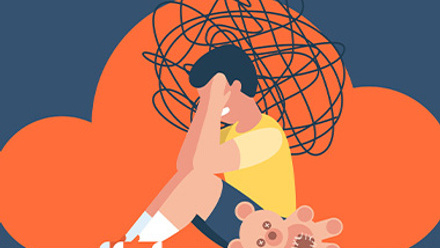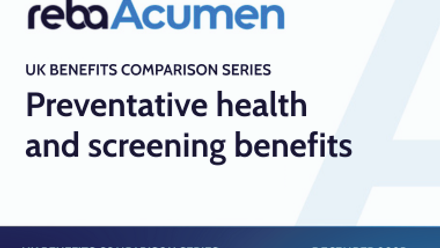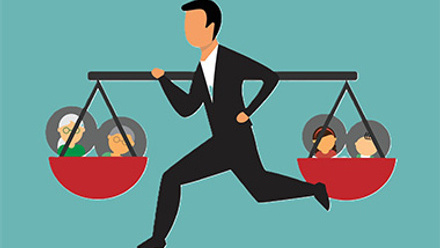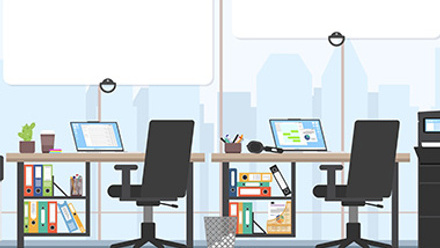Employee experience and mental health have changed – now employers must change too
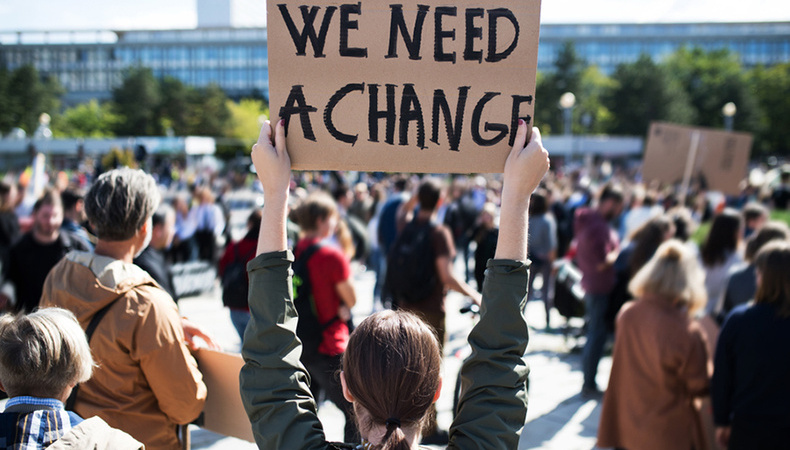
The rise of the hybrid work model and the challenges it raises
The pandemic, by default, accelerated interest in the hybrid work model, and the concept is being embraced – despite employer challenges that range from ensuring employee equality to making sure everyone is engaged and connected.
Still, many employers continue to question the long-term value of adopting a hybrid workforce model. Gartner research found that most leaders opposed to a hybrid work model believe seven myths:
1. Our existing remote work strategy will work for a hybrid workforce.
2. Employees are less productive outside the office.
3. We need to monitor and measure what employees are doing.
4. Our jobs can't be done remotely.
5. We need in-person contact to sustain our culture.
6. Hybrid workforce models hurt diversity, equity, and inclusion (DEI) strategies.
7. A hybrid workforce model duplicates our IT infrastructure.
The Gartner report says these myths illustrate the types of cultural and practical concerns heard in C-suites today that they need to be dispelled to "unleash the potential of a hybrid workforce strategy."
The heightened need for greater resilience – for organisations and employees
Much has been written about how the pandemic cast a spotlight on the value of resilience and grit among the workforce. And rightly so: Covid-19 caused the global workforce to suddenly adapt to a new way of working and forced most of us to adjust to a new reality for our personal lives as well.
Organisations that want to keep hiring top performers and driving employee retention will be sure their wellbeing initiatives include programmes and tools to help build employee resilience, address their entire employee experience (not just at work), and are accessible to their entire workforce.
But the need for – and power of – resilience was also felt by organisations when the pandemic hit.
• How did your leadership respond to the sudden need for lockdowns and sending people home to work?
• How resilient was the C-suite when it was suddenly faced with employees trying to manage their work and home experiences fist-in-glove?
• How did leadership help employees continue to grow and flourish, despite the sudden changes in how work got done and the disruption in the lives of their employees?
• How did leaders communicate changes and expectations, ensure transparency, or try to reduce fear, uncertainty, and doubt?
It's not only employees who need tools to become resilient. Agile organisations think of technology not as a supporting capability, but as being seamlessly integrated with, and core to, every aspect of the business, from the leadership down.
The demand for greater inclusion on all fronts and in every meaning of the word
Diversity, equity, and inclusion (DEI) rose to the top of the agenda for many companies in 2020. How companies manage their DEI strategies will play a huge role in the employee experience and in determining whether employees are proud of the companies they work for and believe they work in a safe and equitable environment. The challenge will be even greater with the hybrid work model and a greater number of employees working outside the office.
During Fortune magazine's Most Powerful Women Next Gen virtual summit June 2021, one set of co-panellists said that with many companies implementing policies for a return to the office or hybrid schedules, they are bringing empathy into the workplace, prioritising mental and physical health for employees and working to help them find work/life balance.
Improving DEI is particularly important to younger workers. For example, Generation Z (born between 1997 and 2012) is the most diverse generation in modern workplace history, and would like to see that representation reflected by the brands they do business with.
Wellbeing programmes and support that are more holistic and flexible
The pandemic knocked the traditional concept of employee health and wellness on its head. Wellable’s 2021 Employee Wellness Industry Trends Report said, for example, that mental health is at the top of everyone’s mind.
The Academy to Innovate HR (AIHR) report also put mental health benefits at the top of its list of 2021 workplace wellness trends:
"While these trends are certainly being shaped by both last year's and this year's events, they are here to stay," the AIHR report concluded. "They clearly illustrate how intertwined mental, physical, financial and family wellness are and, by extension, how important a holistic approach to employee wellbeing is."
Communication and transparency that's honest and continuous
Clear, open communication that can nourish the employee experience is always being put to the test. But as with every other aspect of business since early 2020, truly effective communication – that can bring people together and instil trust in the company and a sense of purpose in employees – has been even more severely tried by the pandemic.
It's continuing to be tested by the ongoing uncertainty around the pandemic, by debates over the hybrid work model, by the on-again, off-again decisions to return to the workplace, and by nearly every other aspect of the employee experience, from encouraging a better understanding of mental wellbeing to a better understanding of equity and inclusion.
The author is Sam Musguin-Rowe from Unmind.
This article was provided by Unmind.
Supplied by REBA Associate Member, Unmind
Our vision is to create a world where mental health is universally understood, nurtured&celebrated.


